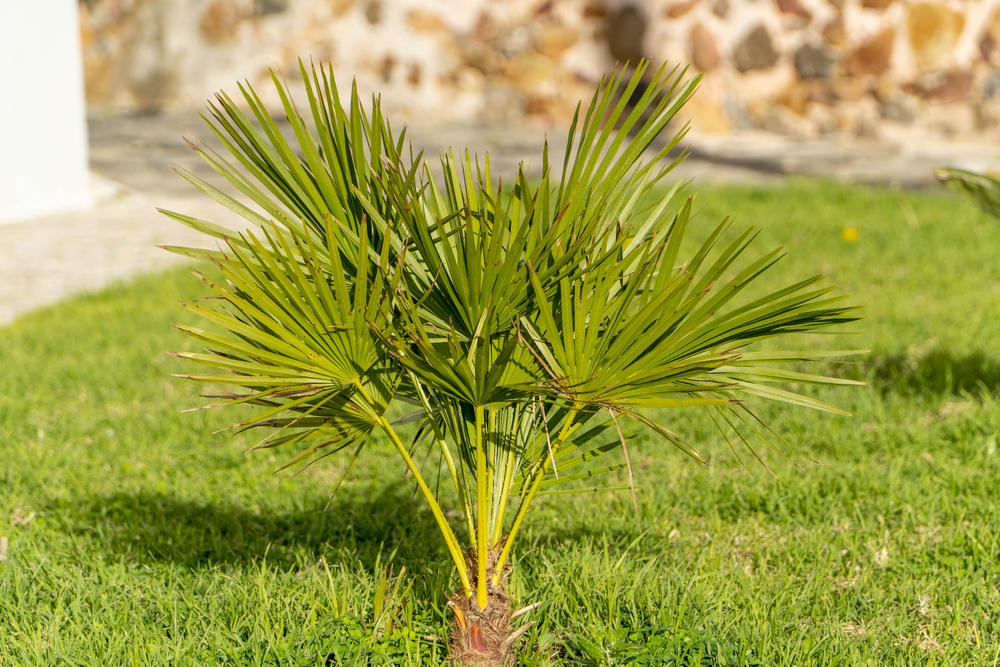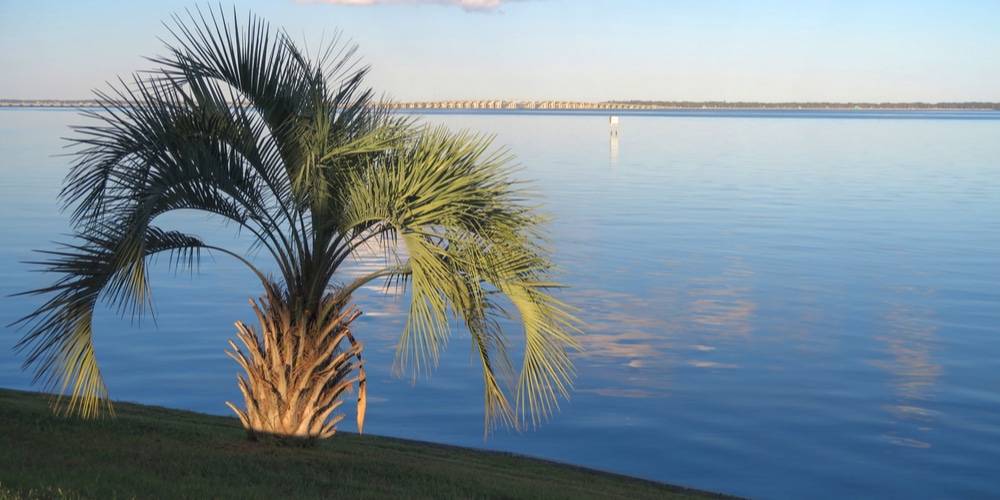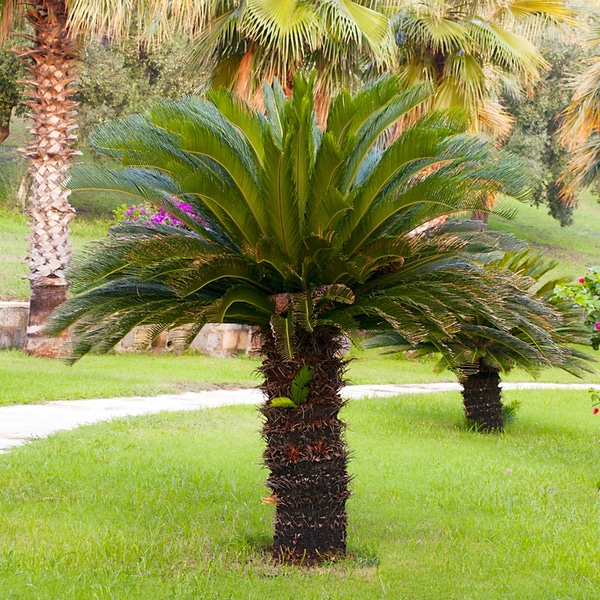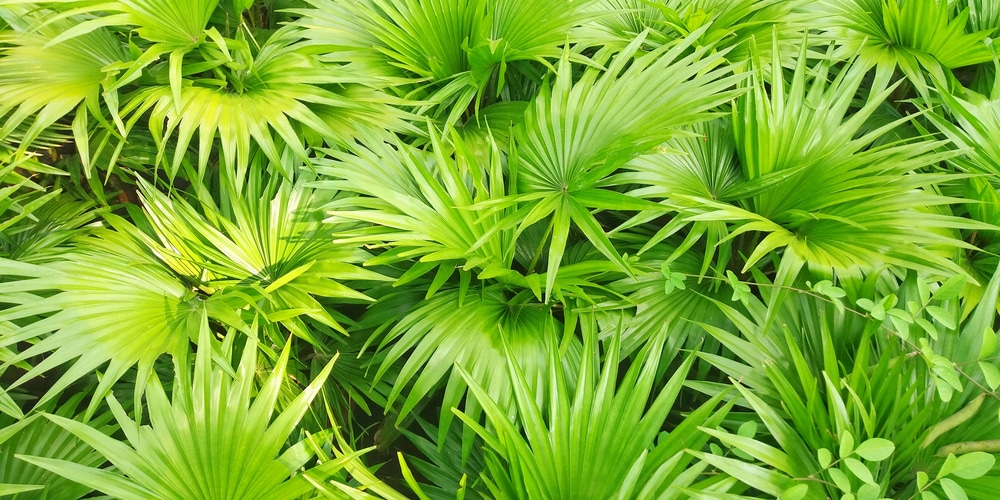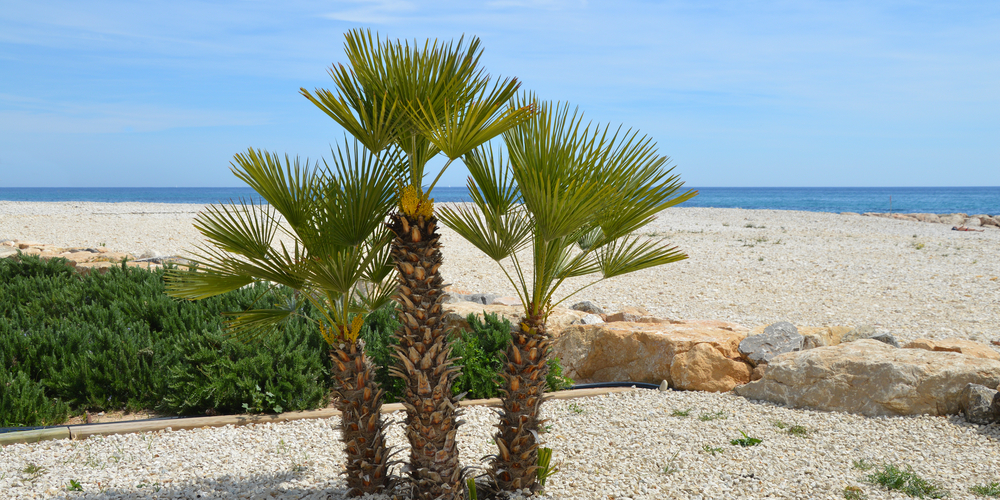You may think of palm trees as tropical plants, but not all of them live in the tropics. New Jersey may be the least likely state to harbor palm trees. New Jersey palm trees must withstand the changing climate to survive.
New Jersey is typically warm and damp, around 75 degrees in the summer, and can get as low as 31 degrees during the winter. Numerous rainstorms, snowstorms, tornadoes, and hurricanes inflict the state year-round.
Some palm trees will do fine in different weather patterns. What type of palm trees can grow in New Jersey? This article will list them, along with the areas in New Jersey where you can grow them.
Hardiness Zone 7B in New Jersey

The varied climates of New Jersey make growing palm trees a challenge. Some areas in New Jersey, specifically 7b, are seasonably warm and can accommodate palm trees.
New Jersey Counties in Zone 7B
Certain counties in New Jersey include hardiness zone 7b. The listed counties list their cities.
- Atlantic County: Absecon, Atlantic City, Brigantine, Linwood, Longport, Margate City, Pleasantville, Somers Point, Ventnor City
- Bergen County: Edgewater
- Camden County: Gloucester City, Woodlynne
- Cape May County: Avalon, Burleigh, Diamond Beach, Erma, N Cape May, N Wildwood, Ocean City, Rio Grande, Sea Isle City, Stone Harbor, Strathmere, Villas, West Cape May, West Wildwood, Whitesboro, Wildwood Crest
- Gloucester County: Beckett, Gibbstown, National Park, Paulsboro, Swedesboro, Woodbury
- Hudson County: Bayonne, Hoboken, Jersey City
- Middlesex County
- Monmouth County: Atlantic Highlands, Belford, Highlands, Keansburg, Leonardo, Navesink, N Middleton, Port Monmouth, Rumson, Sea Bright, Union Beach
- Salem County: Pedricktown, Penns Grove
New Jersey Palm Trees
A few cold-hardy palms can grow in hardiness zones 7b of New Jersey.
European Fan
European Fan palm trees grow about 10 feet tall and consist of multiple trunk clumps that resemble pinecone scales. Their leaves range in shape, present a blue-green or silvery-gray hue, and grow out and upward from the trunk.
Their stems have thorns, so pruning them may be a challenge. These palm trees tolerate wind and five-degree temperatures. They are also drought-resistant.
Needle
These New Jersey palm trees can tolerate temperatures down to fifteen degrees below zero. These trees are rare because they differ from other palms by lacking trunks.
Two-by-four-foot spiky needle-shaped leaves fan out from the plant bases. These unique palms can grow up to ten feet tall and five feet wide.
Pindo
The Pindo’s gray trunk is heavy and short (about 15 feet tall) and has emerging feather-like leaves varying from green to blue-gray that fan outward. Mature Pindo palm trees survive temperatures as low as five degrees.
Sago
The trunk of this slow-growing palm starts short and thick but may clump and produce multiple leaf heads as it matures. The leaves sprout narrow leaflets that are dark green and glossy, potentially turning yellow at five-degree temperatures. Sago palms can grow to 10 feet tall within one hundred years.
Saw Palmetto
Saw Palmetto New Jersey palm trees are among the cold-hardiest palms that can survive zero-degree temperatures. As a stemmed shrub, it starts as a ground cover and branches out sharp stems with stiff evergreen leaves.
Windmill
The Windmill palm has a slender, single trunk that is narrow at the base. Branching upward are dark-green to yellow-green sword-like leaves with silvery color underneath. Windmill palm trees grow slowly and can withstand the bitter cold.
To Recap
New Jersey experiences varying weather patterns, with 75 degrees in the summer, below freezing in the winter, and numerous bouts of rain, snow, tornadoes, and earthquakes.
Despite all that, it is possible to grow palm trees in New Jersey in zones 7b, some of the warmest areas in the state. European Fan, Needle, Pindo, Sago, Saw Palmetto, and Windmill are some New Jersey palm trees that can add to landscaping while surviving low temperatures.
